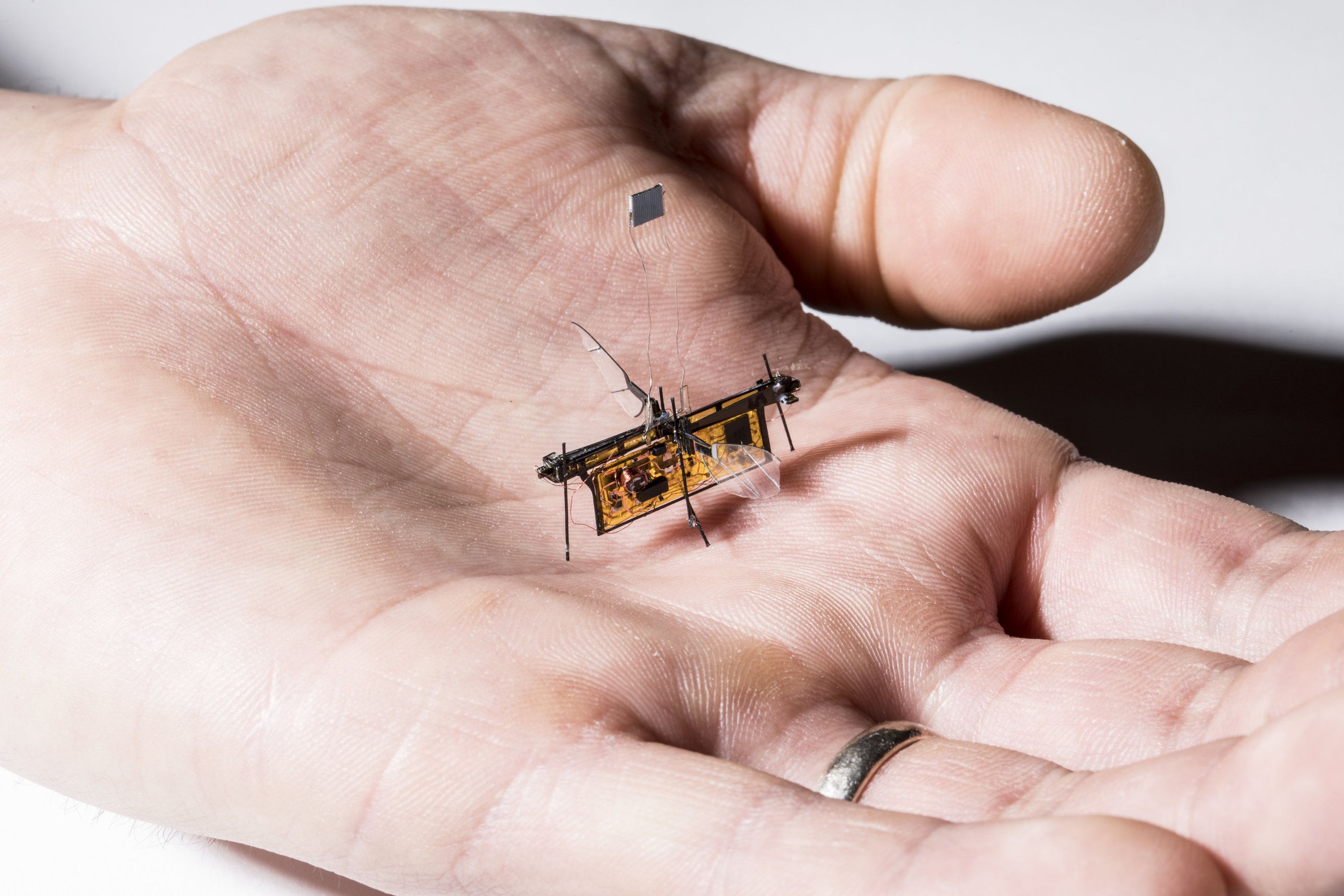We propose a method that can generate soft segments, i.e. layers that represent the semantically meaningful regions as well as the soft transitions between them, automatically by fusing high-level and low-level image features in a single graph structure. The semantic soft segments, visualized by assigning each segment a solid color, can be used as masks for targeted image editing tasks, or selected layers can be used for compositing after layer color estimation.
Abstract
Accurate representation of soft transitions between image regions is essential for high-quality image editing and compositing. Current techniques for generating such representations depend heavily on interaction by a skilled visual artist, as creating such accurate object selections is a tedious task. In this work, we introduce semantic soft segments, a set of layers that correspond to semantically meaningful regions in an image with accurate soft transitions between different objects. We approach this problem from a spectral segmentation angle and propose a graph structure that embeds texture and color features from the image as well as higher-level semantic information generated by a neural network. The soft segments are generated via eigendecomposition of the carefully constructed Laplacian matrix fully automatically. We demonstrate that otherwise complex image editing tasks can be done with little effort using semantic soft segments.





